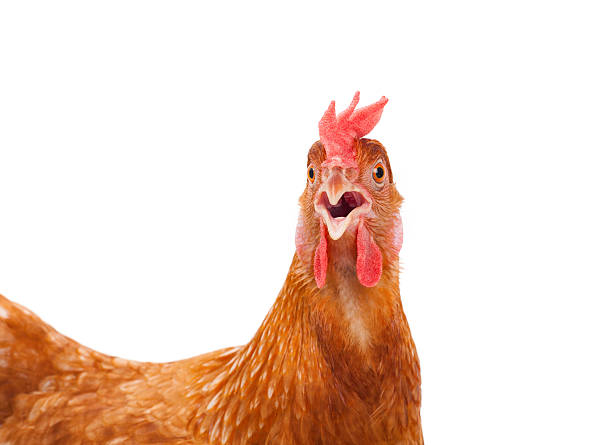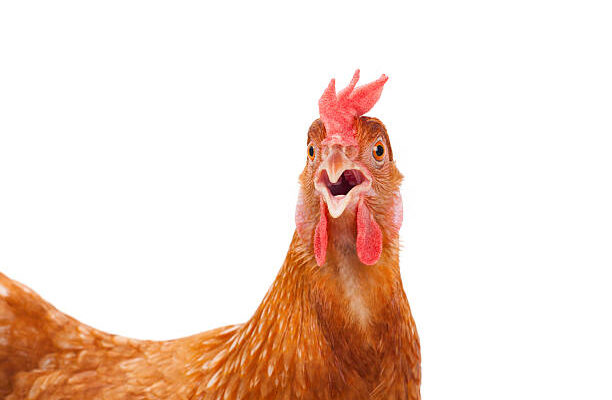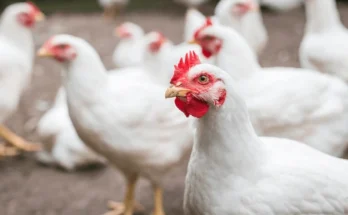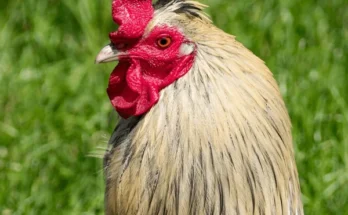Marek’s Disease in Chickens: Understanding, Prevention, and Treatment
So, what is Marek’s disease? Marek’s disease is a highly contagious viral illness that affects chickens. It is caused by the Marek’s disease virus (MDV) and can lead to tumors, paralysis, and ultimately death in infected birds. This disease poses a significant threat to poultry flocks worldwide, leading to economic losses for poultry farmers. Understanding the fundamentals of Marek’s disease is crucial for implementing effective prevention and control measures to safeguard poultry populations. In this blog post, we will delve into the details of Marek’s disease, including its causes, symptoms, and preventive strategies, to equip poultry farmers and enthusiasts with valuable insights into this detrimental poultry illness.
Understanding Marek’s Disease in Chickens
Marek’s disease is a highly contagious viral illness that affects chickens around the world. The disease is caused by the herpesvirus, particularly the Gallid herpesvirus 2 (GaHV-2), and primarily affects chickens. Understanding the causes, symptoms, and impact of Marek’s disease is crucial for poultry farmers to effectively manage and prevent its spread within flocks.
What is Marek’s Disease?
Marek’s disease is caused by the herpesvirus and is known to affect chickens, as well as other poultry such as turkeys and quails. The virus is highly contagious and can spread rapidly within a flock. It primarily targets the nervous system, leading to various neurological symptoms and tumors in affected birds. The virus can manifest in different forms, including neurological, visceral, and ocular, with varying degrees of severity.
What Causes Marek’s Disease In Chickens?
The primary cause of Marek’s disease in chickens is the herpesvirus, particularly the Gallid herpesvirus 2 (GaHV-2). The virus is shed in feather follicle dander and can survive for extended periods in the environment. Chickens become infected through inhalation or ingestion of viral particles shed by infected birds. Once the virus enters the host, it targets the immune system and the nervous system, leading to the development of the disease.
Symptoms of Marek’s Disease In Chickens
Marek’s disease in chickens can present a range of symptoms, including paralysis, loss of coordination, irregular gait, and partial or complete paresis. Affected birds may also exhibit signs of depression, weight loss, and in some cases, the development of characteristic tumors in various organs. Additionally, chickens with ocular Marek’s disease may demonstrate irregular eye pigmentation and vision disturbances, further impacting their overall health and welfare.
Understanding Marek’s disease and its manifestations is essential for early detection and effective management to prevent significant economic losses within poultry operations.

Impact of Marek’s Disease on Chickens
Marek’s disease has a significant impact on both the economic aspects of poultry farming and the welfare of the affected chickens.
Economic Impact
The economic impact of Marek’s disease on poultry farming can be devastating. Infected chickens often experience stunted growth, decreased egg production, and increased mortality rates. This leads to reduced productivity and profitability for poultry farmers. Additionally, the costs associated with vaccinating and treating chickens affected by Marek’s disease can further strain the financial resources of poultry operations.
Welfare Impact
What is Marek’s disease and it’s impact on chickens generally? Marek’s disease not only affects the economic aspect but also poses serious welfare concerns for infected chickens. The disease causes tumors to develop in the nervous system, leading to paralysis and extreme discomfort for the affected birds. This can result in a significant decline in their quality of life as they struggle to move and carry out basic activities such as feeding and drinking. Furthermore, the pain and suffering experienced by infected chickens raise ethical concerns regarding animal welfare in poultry farming practices.
Marek’s disease thus exerts a profound dual impact, posing economic challenges for poultry farmers while also raising critical welfare considerations for the affected chickens.
Preventing Marek’s Disease in Chickens
Vaccination
Marek’s disease, a highly contagious viral illness affecting chickens, can be prevented through vaccination. By immunizing chicks at the hatchery, breeders can reduce the risk of infection and transmission within flocks. Vaccines, available as vaccines given in ovo or via subcutaneous injections, provide immunity against Marek’s disease, safeguarding the health of the birds.
Biosecurity Measures
Implementing robust biosecurity measures is essential in preventing the spread of Marek’s disease. This includes controlling the movement of people, animals, and equipment in and out of poultry facilities. Additionally, regularly cleaning and disinfecting equipment and maintaining strict hygiene protocols can minimize the risk of disease transmission. Furthermore, restricting access to wild birds and rodents, which can carry the Marek’s disease virus, is crucial in protecting the flock.
We recently publishing this article covering common chicken illnesses, sickness and symptoms which is really recommended to familiarise yourself with chicken related illnesses.
Treatment Options for Marek’s Disease
Supportive Care
Treatment for Marek’s disease in chickens focuses on providing supportive care to affected birds. This includes creating a stress-free environment and ensuring access to clean water and high-quality feed. Hygiene and biosecurity measures are crucial to prevent the spread of the virus within the flock. Isolating infected birds can help in limiting the transmission of the disease to healthy individuals.
Management Strategies
Implementing management strategies is essential in addressing Marek’s disease in chickens. This involves vaccination to prevent the onset of the disease, as well as proper flock management practices to reduce the risk of infection. Additionally, genetic selection for resistance to Marek’s disease can be a viable long-term strategy to mitigate its impact on poultry flocks.
Conclusion
In conclusion, Marek’s disease is a highly contagious and devastating viral illness that affects chickens worldwide. It is caused by the Marek’s disease virus, which can lead to various symptoms such as paralysis, tumours, and ultimately death in infected birds. Prevention through vaccination and strict biosecurity measures is crucial in controlling the spread of Marek’s disease within poultry flocks. Early detection and swift action are essential in minimizing the impact of this disease on the poultry industry. Understanding the nature of Marek’s disease and implementing proactive measures are imperative in safeguarding the health and welfare of chickens.



